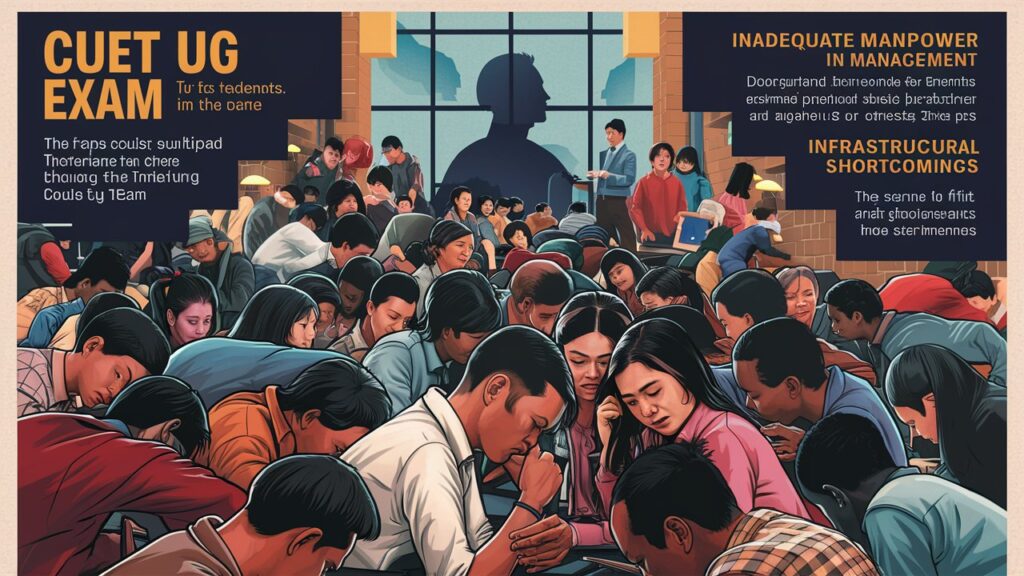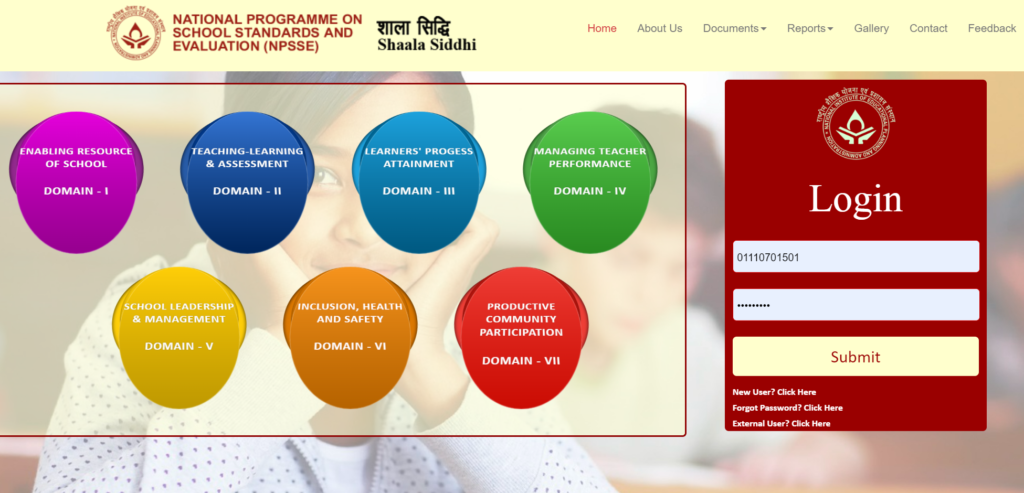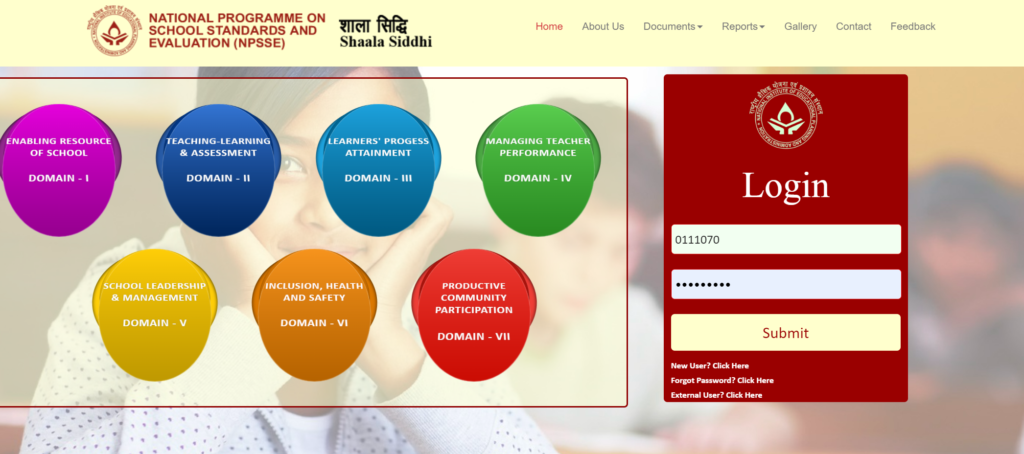The CUET (Common University Entrance Test) 2024 has been marred by various issues, leading to considerable frustration and concern among students. This exam, administered by the National Testing Agency (NTA), is crucial for students aspiring to secure admission to various universities across India. However, the management of the exam has come under intense scrutiny due to a series of operational and logistical problems.

Table of Contents
ToggleTechnical Glitches and Interruptions:
One of the primary complaints from students regarding CUET 2024 centers around technical glitches during the computer-based tests (CBT). This year’s examination process was fraught with significant technological problems, much like in previous years. Numerous candidates reported encountering blank screens and instances where questions failed to load correctly. These technical malfunctions created a highly disruptive environment, leading to considerable anxiety and stress among test-takers.
Students reported that these glitches not only caused confusion but also resulted in a substantial loss of valuable exam time. For instance, some students had to wait for their screens to refresh or for technical support to resolve the issues, which ate into the limited time allocated for answering questions. This delay negatively impacted their performance, as they could not utilize the full duration effectively due to the interruptions.
Technical issues were not isolated incidents but rather widespread across various exam centers. The problems ranged from complete system failures to partial malfunctions where only certain sections of the test were affected. For example, in some cases, candidates could not access specific parts of the exam, such as the mathematics section, while other sections worked fine. This inconsistency added to the overall stress and confusion.

Last-Minute Center Changes
Adding to the chaos, the NTA made last-minute changes to some students’ examination centers. Many candidates received notifications about these changes via email just before the exam, leaving them insufficient time to adjust their travel plans. This resulted in confusion, stress, and in some cases, students missing their exams entirely. Such disorganization not only reflects poorly on the administrative capabilities of the NTA but also puts undue pressure on students during an already stressful period (India TV News).
Logistical Challenges
The sheer scale of CUET 2024 has also been a significant challenge. This year, the test had to accommodate 14 lakh students across 54,000 subject combinations. Managing such a vast and diverse pool of candidates has proven to be a logistical nightmare. The NTA struggled to ensure smooth coordination, which led to multiple scheduling conflicts. For instance, some students were required to take two exams on the same day at different locations, adding to their stress and logistical difficulties (EdexLive) (India TV News).

Manpower and Management Issues
Reports suggest that the NTA is grappling with a severe manpower shortage, which has exacerbated the mismanagement issues. An unnamed professor involved in preparing the question papers revealed that the actual process of setting up the exam papers was outsourced to a small private agency. This agency was responsible for uploading the question papers onto the consoles at the exam centers, which are managed by Tata Consultancy Services (TCS). However, the professor raised concerns about the security and integrity of the exam papers, suggesting that the agency had made unauthorized changes to some of the papers, including incorrect translations and alterations that rendered some questions meaningless (EdexLive).
Infrastructure and Preparedness
The criticisms directed at the NTA also highlight a broader issue of inadequate infrastructure and preparedness. Conducting an exam of this magnitude requires robust logistical planning and reliable infrastructure, both of which appear to be lacking. The Multiple Choice Questions (MCQ) format used for all subjects has also been criticized for not being suitable for every discipline. Experts argue that subjects like History and Political Science are not best assessed through MCQs, as they require more nuanced and analytical approaches (EdexLive).
Student Voices and Social Media Outcry
The mismanagement of CUET 2024 has led to a significant outcry on social media. Students have taken to platforms like Twitter to voice their frustrations and share their experiences under hashtags like #CUETProblems and #CUETMismanagement. These posts often highlight personal anecdotes of the challenges faced, such as long-distance travel to exam centers, last-minute notifications, and the emotional toll of the disorganized process (EdexLive).
Official Responses and Future Promises
In response to the mounting criticism, officials have acknowledged the logistical challenges and promised improvements in future iterations of the exam. The Chairman of the University Grants Commission, M. Jagadesh Kumar, noted that the scale of the exam presented unprecedented challenges and assured students that measures would be taken to ensure smoother conduct in the future. He emphasized that the current year’s schedule was particularly tight and that lessons learned would inform better planning going forward (EdexLive).

Need for Comprehensive Reforms
The issues plaguing CUET 2024 underscore the need for comprehensive reforms in how large-scale examinations are managed in India. There is a clear need for better planning, more robust infrastructure, and greater transparency in the examination process. Ensuring that students are not subjected to unnecessary stress and confusion should be a top priority for the NTA and other educational authorities.
In conclusion, the mismanagement of CUET 2024 has highlighted significant flaws in the current system of administering national entrance exams. From technical glitches to logistical nightmares and inadequate infrastructure, the problems are multifaceted and require urgent attention. Addressing these issues is crucial not only for the credibility of the NTA but also for the future of countless students whose academic and professional trajectories depend on these examinations. Moving forward, it is imperative that authorities take concrete steps to overhaul the examination process, ensuring it is fair, efficient, and reliable.




